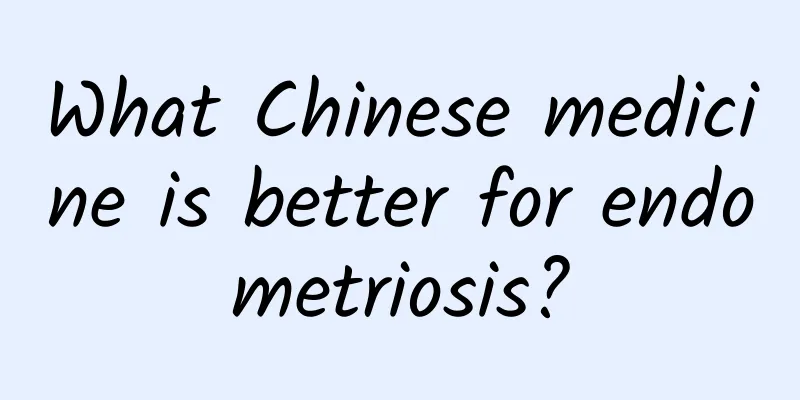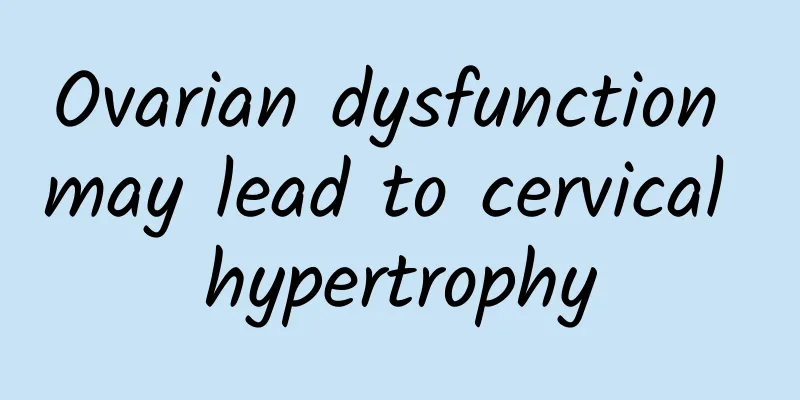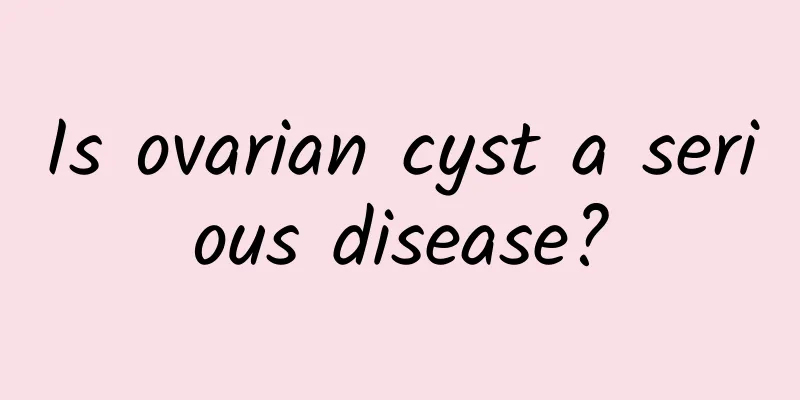What Chinese medicine is better for endometriosis?

|
What are the traditional Chinese medicines for treating endometriosis? This is what everyone is more concerned about. Only by understanding the traditional Chinese medicines for treating endometriosis can we help everyone actively regulate the body and restore health. Next, we will give a detailed introduction to the traditional Chinese medicines for treating endometriosis. Chinese medicine for the treatment of endometriosis: Shenyan Quyu Decoction: Salvia miltiorrhiza 15g, Paeonia lactiflora 12g, Ligusticum chuanxiong 10g, Trillium 12g, Curcuma 12g, Oak twig 10g, Lithospermum officinale 10g, Leonurus japonicus 15g, Millettia reticulata 15g, Curculigo orchioides 12g, Rehmannia glutinosa 12g, Lycium barbarum 12g, Raw Pollen 10g, Purple quartz 10g. Preparation Usage: Add water to soak the medicine surface, boil over high heat, then simmer for 10 minutes over low heat, 1 dose per day, 2 divided doses, 3 months as a course of treatment. Indications: Endometriosis, dysmenorrhea, accompanied by menorrhagia or prolonged menstruation, infertility, endometriosis cysts. In the prescription, Danshen, Paeonia lactiflora, Chuanxiong, Trillium, and Curcuma zedoaria can promote qi and blood circulation and remove blood stasis; Lithospermum officinale and Oak twig can dissipate phlegm and resolve nodules, dissipate blood stasis and reduce swelling; Curculigo, Epimedium, Rehmannia glutinosa, Lycium barbarum, etc. can nourish the kidney and replenish essence; Leonurus japonicus and Millettia reticulata can nourish blood, promote blood circulation and regulate menstruation. All the medicines cooperate with each other, both tonifying and purging, and complement each other, so that qi and blood can flow smoothly, blood stasis can be eliminated, and menstruation can be regulated and cured. When using this prescription clinically, it should be noted that for patients with qi deficiency, Codonopsis pilosula, Astragalus membranaceus, and Cimicifuga heracleifolia can be added; for patients with yin deficiency, Ligustrum lucidum, Rehmannia glutinosa, and Radix sanguisorbae can be added; for patients with pelvic mass and blood stasis, Gleditsia sinensis, Ruoshi, and Carapax trichosanthis can be added; for patients with severe abdominal pain, Toosendan fruit, Frankincense, Myrrh, and Panax notoginseng powder (swallowed) can be added. The above is an analysis of traditional Chinese medicine for the treatment of endometriosis. Experts point out that in order to ensure everyone’s safety and health, we must choose appropriate traditional Chinese medicine based on our own actual situation. Only in this way can we help everyone avoid the harm of the disease. |
<<: What tests should be done for endometriosis?
>>: Can endometriosis be completely cured?
Recommend
Diet adjustment for vulvar itching
The vulva is a relatively private area of women...
What is the treatment method for painless abortion?
What is the treatment method for painless abortio...
What does a uterine fibroid look like? What is inside a uterine fibroid?
Uterine fibroids are common benign tumors in wome...
What are the dietary precautions after ovarian cyst surgery?
What are the dietary precautions after ovarian cy...
Pay attention to subserosal fibroids!
Many women panic and don't know what to do af...
Can I take amoxicillin during my period? Take according to the doctor's instructions
During menstruation, inflammatory diseases occur ...
Can moxibustion treat vulvar pruritus?
Moxibustion can be used as an auxiliary method to...
Diet therapy for vulvar itching
Vulvar itching is also a common symptom that both...
What harm does abortion do to the body? It will cause these 5 major harms
Abortion is a major bodily harm to women. It can ...
What should you pay attention to when treating cervical erosion? Teach you how to correctly distinguish the types of cervical erosion
After a physical examination, you often hear the ...
Can acupuncture cure amenorrhea?
Acupuncture can be used as an adjunctive treatmen...
How to prevent and treat uterine fibroids in daily life
The prevention and treatment of uterine fibroids ...
What is the cause of infertility caused by cervical erosion?
Cervical erosion is a terrible gynecological dise...
Say goodbye to edema! 2 Yoga moves to slim your butt and legs
Supermodel Wang Liya shares some yoga stretching ...
Can I still get pregnant with adenomyosis? What should I pay attention to in my diet?
Can I still get pregnant with adenomyosis? What s...









